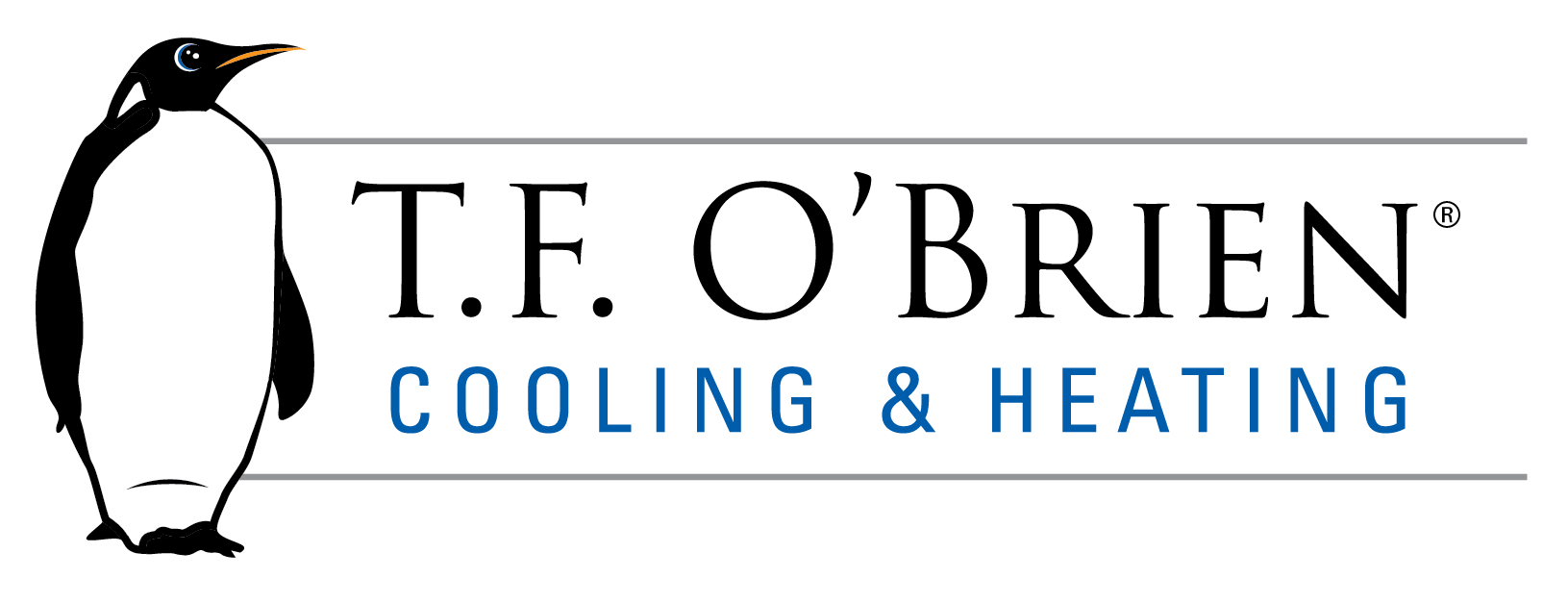Make Your Home an Oasis From Allergens
The long winter is finally over, and that can only mean one thing: it’s allergy season! And here on Long Island the suffering can get pretty bad, pretty quickly. Continue reading “Indoor Air Quality Tips As Spring Allergies Set In”
